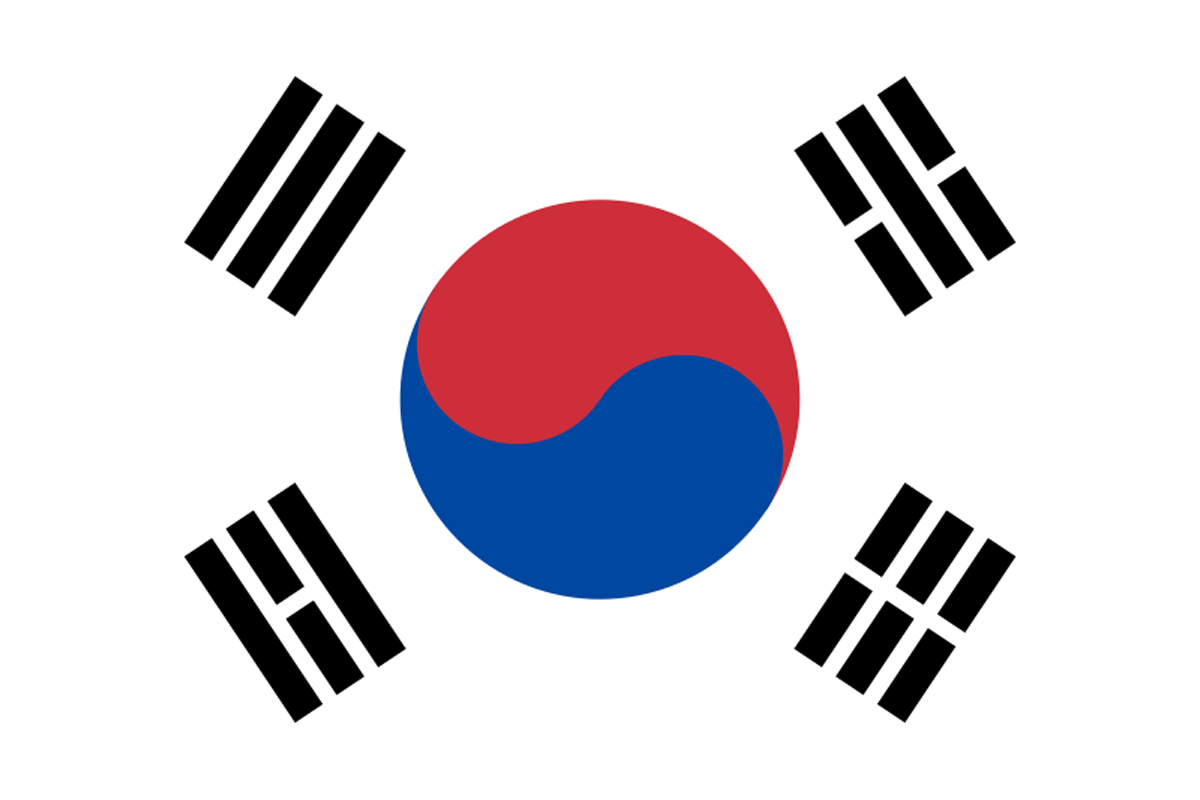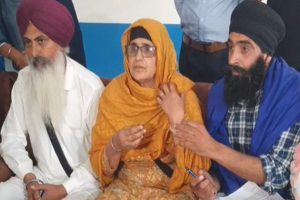Like India and Pakistan, North Korea and South Korea share language, culture, cuisine, music, and much more. And just like the two South Asian neighbours, the two Koreas are also invariably at loggerheads.
Tensions between the two East Asian nations can easily be felt at the Demiliterised Zone (DMZ), a strip of land running across the Korean Peninsula which is one of the most heavily-guarded places in the world.
A group of Indian journalists recently visited the DMZ that was established to serve as a buffer zone between the two Koreas under the provisions of the 1953 Korean Armistice Agreement between North Korea, China and the United Nations Command.
Created in 1953, the 250 km long and about four km wide DMZ put an end to the brutal Korean War, which claimed over 3 million lives. There have been various incidents in and around the DMZ, with military and civilian casualties on both sides. Within the DMZ, there is a meeting point between the two nations where negotiations take place as and when tensions flare up. It’s called the small Joint Security Area (JSA).
But the most exciting part of the trip to the DMZ was the walk through the Third Tunnel of Aggression, which is one of four known tunnels under the border between North Korea and South Korea.
Only 44 km from the South Korean capital of Seoul, the incomplete tunnel was discovered in October 1978 following the detection of an underground explosion in June 1978, apparently caused by the tunnellers who had progressed 435 meters under the south side of the DMZ. It took four months to locate the tunnel precisely and dig an intercept tunnel.
South Korean officials claim the one-mile incomplete tunnel was designed for a surprise attack on Seoul from North Korea, and could accommodate 30,000 men per hour along with light weaponry. Upon discovery of the third tunnel, the United Nations Command accused North Korea of threatening the Armistice Agreement. Initially, North Korea denied building the tunnel but subsequently declared it part of a coal mine, the tunnel having been blackened by construction explosions.
While four tunnels have been discovered so far, the South Koreans believe there are many more. The South Korean armed forces still spend a lot of time and energy on finding more infiltration tunnels.
Though still well guarded, the tunnel is now a tourist site. Visitors enter either by walking down a long steep incline that starts in a lobby or via a mini train for up to three passengers each. Photography is forbidden in the tunnel. The South Koreans have blocked the actual Military Demarcation Line in the tunnel with three concrete barricades. Tourists can walk as far as the third barricade, and the second barricade is visible through a small window in the third.
Also at the DMZ is the Dora observatory located on the top of Mount Dora. Visitors can use binoculars to see the North Korean territory. On a sunny day, visitors can clearly see South Korea’s and North Korea’s flags flying on their respective flagpoles through binoculars. One can also see North Koreans in border villages going through their daily routine.
But just over a mile from the DMZ, life is peaceful for residents of Tongil Chon who claim they will never leave despite war clouds hanging over them all the time. North Korea is visible from Tongil Chon too. For decades, North and South Korea have used border villages to show their respective wealth and superiority.
Despite the prosperity in South Korea and visible signs of political repression in the neighbouring North, there are many in the East Asian nation who pray for the reunification of the two countries. Those above the age of 80 are especially desperate to be reunited with their long-lost relatives and friends on the other side of the border before they breathe their last.











